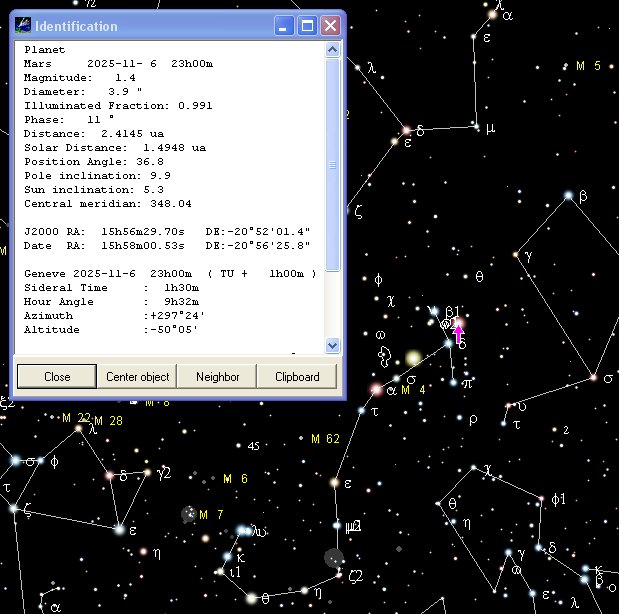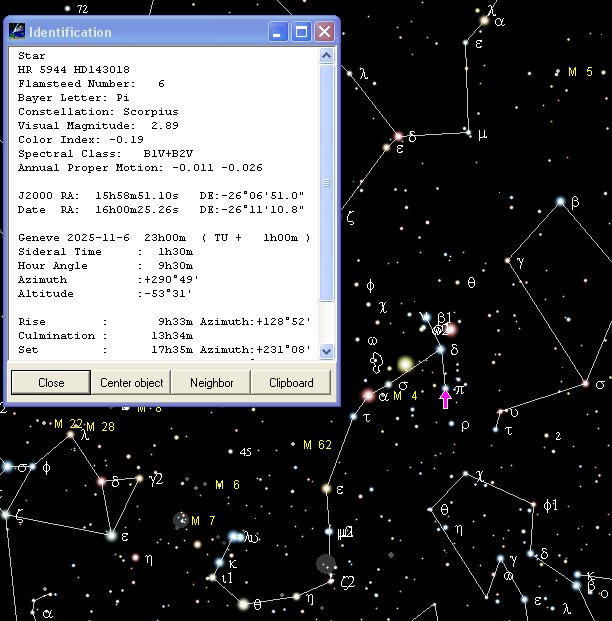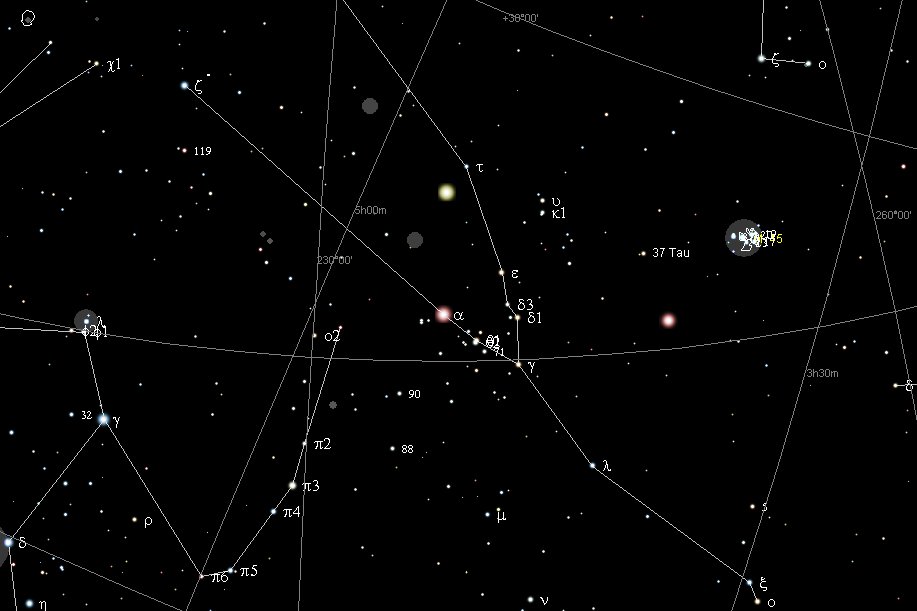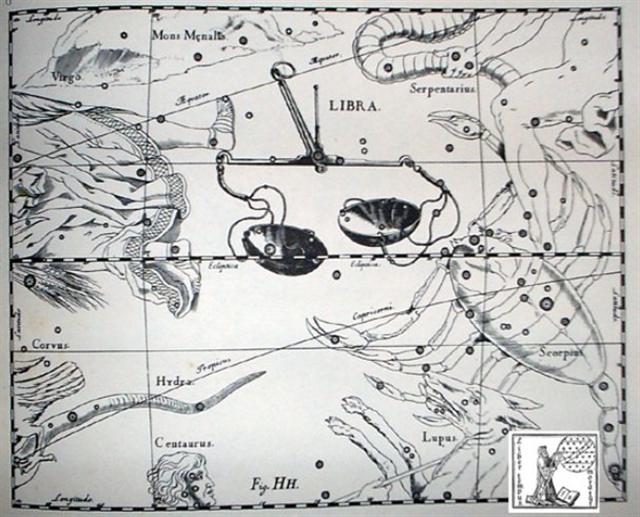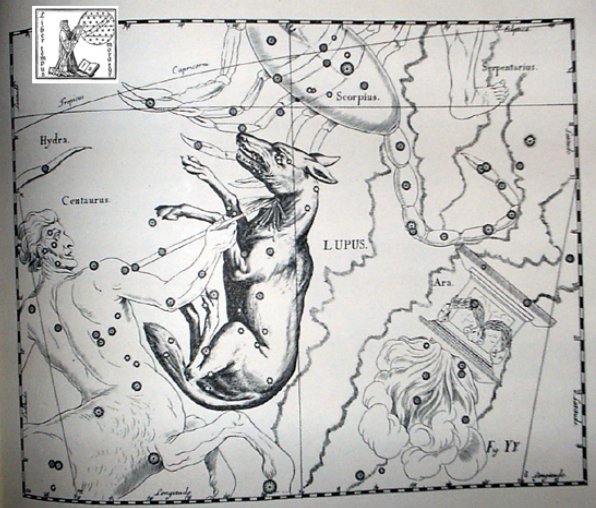174. In the Golden Age of the Bull it was the Scorpion who occupied the evening side. When Aldebaran (α Tauri) was rising with the Sun at the northern spring equinox then Antares (α Scorpii) should be at the nakshatra Full Moon in the place in the night sky corresponding to the northern autumn equinox.
But south of the equator it was the opposite, it was when the Sun was at Antares that summer was ahead (which they could have deduced from looking at when the Full Moon - Hotu - was in Taurus).
... Antares, visible in the morning sky of December-January, came to stand for summer heat; hence the saying, 'Rehua cooks (ripens) all fruit' [hakatupu]. The generally accepted version of the Rehua myth, according to Best, is that Rehua had two wives, the stars on either side of Antares. One was Ruhi-te-rangi or Pekehawani, the personification of summer languor (ruhi), the other Whaka-onge-kai, She-who-makes-food-scarce before the new crops can be harvested ... Hotu. Ta.: hotu, to produce fruit, Sa.: fotu, id. Mgv.: akahotu, the September season. Churchill. H.: Hoku, Night of the full moon. When this moon set before daylight it was called Hoku Palemo, Hoku that slips away. When it set after daylight it was called Hoku Ili, grounded Hoku. Ka mahina o Hoku, the full moon of the night Hoku. Cf. hōkū, star. Hō kū, star. (PPN fetu'u). Wehewehe. Although on Easter Island - below the equatorial belt at 27° S - they might instead have relied on when the Sun was rising at Rigel (*78).
... In view of the almost universal prevalence of the Pleiades year throughout the Polynesian area it is surprising to find that in the South Island and certain parts of the North Island of New Zealand and in the neighboring Chatham Islands, the year began with the new Moon after the early morning rising, not of the Pleiades, but of the star Rigel in Orion ... → Pleiades: 500 (= 135 + 365) - 329 = 171 = 9 * 19. → Rigel: 443 (= 78 + 365) - 329 = 114 = 6 * 19. However currently - i.e. according to my assumed era for rongorongo - the heliacal rising of Antares was not in day 265 (= 365 - 100) but in November 25 (265 + 64 = 329, *249), i.e. 100 - 64 = 36 days before day 365 - as if an extension of Pythagoras' 3˛ + 4˛ = 5˛.into 6 * 6 + 8 * 8 = 10 * 10. And when in AD 2025 the planet Mars will reach the Curve at November 6 (310 = 258 + 52) this will be done in the constellation of the Scorpion.
... Freeman describres the dualistic cosmology of the Pythagorean school (-5th century), embodied in a table of ten pairs of opposites. On one side there was the limited, the odd, the one, the right, the male, the good, motion, light, square and straight. On the other side there was the unlimited, the even, the many, the left, the female, the bad, rest, darkness, oblong and curved ... But the right ascension place for Mars will not be at Antares but at Vrischika (π Scorpii):
The right ascension difference will be only 15h58m51.10s - 15h56m29.70s = 00h02m21.4s:
Surprise, surpise! We have been here before! Although in the year AD 2022 - a year denoted by an even number - and at the opposite side compared to the Scorpion, viz in Taurus In the odd numbered year AD 2023 it is the female planet Venus who will be in Taurus:
When in the Golden Age of the Bull the Sun reached SEPTEMBER 14 (*177) this was 265 - 257 = 8 days before the northern autumn equinox. Which indicates Vrischika (*241) could have been regarded as a 'corner stone' from where to count 8 dark nights before the 'morning star' (Venus → Antares, *249) would reappear and bring summer.
... The Dogon in fact did use the decimal system, because from the beginning they had counted on their fingers, but the basis of their reckoning had been the number eight and this number recurred in what they called in French la centaine, which for them meant eighty ...
|
|||||||||||||||||||||||||||||||||||||||||||||||||||||||||||||||||||||||||||||||||||||||||||||||||||





